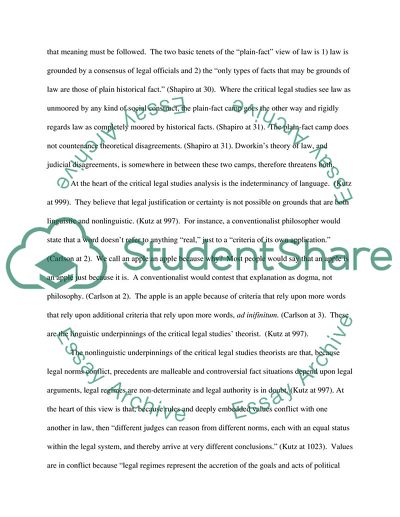Cite this document
(To What Extent Does Dworkin's Account of Judicial Disagreement Term Paper, n.d.)
To What Extent Does Dworkin's Account of Judicial Disagreement Term Paper. Retrieved from https://studentshare.org/law/1733152-to-what-extent-does-dworkins-account-of-judicial-disagreement-threaten-the-plain-fact-view-of-law
To What Extent Does Dworkin's Account of Judicial Disagreement Term Paper. Retrieved from https://studentshare.org/law/1733152-to-what-extent-does-dworkins-account-of-judicial-disagreement-threaten-the-plain-fact-view-of-law
(To What Extent Does Dworkin'S Account of Judicial Disagreement Term Paper)
To What Extent Does Dworkin'S Account of Judicial Disagreement Term Paper. https://studentshare.org/law/1733152-to-what-extent-does-dworkins-account-of-judicial-disagreement-threaten-the-plain-fact-view-of-law.
To What Extent Does Dworkin'S Account of Judicial Disagreement Term Paper. https://studentshare.org/law/1733152-to-what-extent-does-dworkins-account-of-judicial-disagreement-threaten-the-plain-fact-view-of-law.
“To What Extent Does Dworkin'S Account of Judicial Disagreement Term Paper”, n.d. https://studentshare.org/law/1733152-to-what-extent-does-dworkins-account-of-judicial-disagreement-threaten-the-plain-fact-view-of-law.


